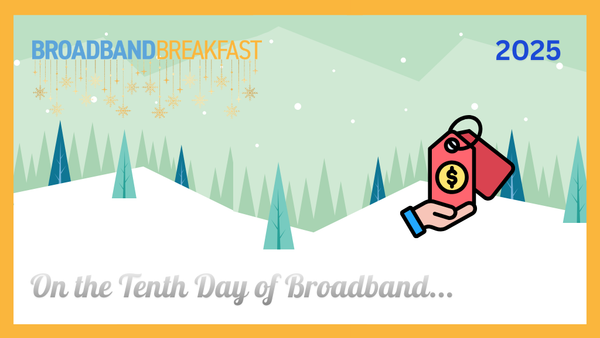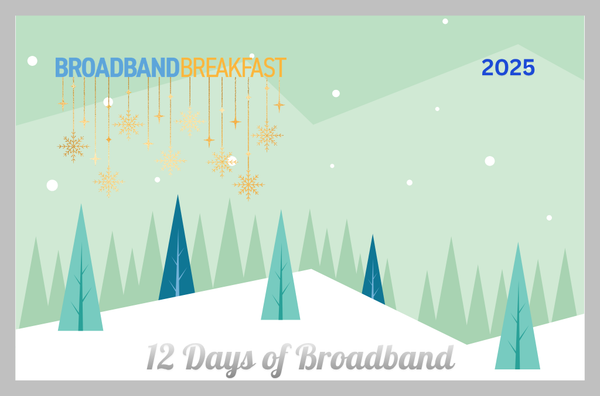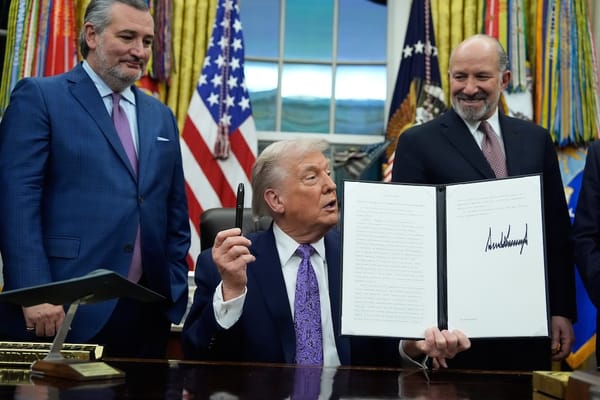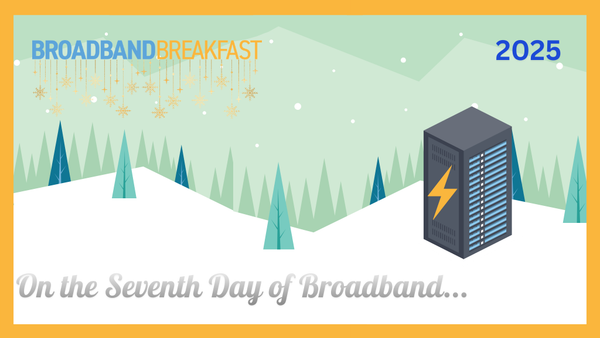In ‘Delete’ Docket, Advocates Want Improvements to Lifeline, E-Rate and Local Control
Public interest groups say the FCC should modernize, not dismantle, key programs.
Jericho Casper

WASHINGTON, April 15, 2025 – While industry groups tripped over themselves to propose regulations to discard under Federal Communications Commission Chairman Brendan Carr's “Delete Delete Delete” initiative, the effort sparked a wave of concern from public interest groups, local governments, and digital equity advocates.
Public interest organizations urged the FCC to take a more deliberate approach, deleting rules that genuinely obstruct or prolong broadband access while preserving or reforming those that protect local authority, ensure public accountability, or connect vulnerable communities.
In a series of filings submitted to the FCC Friday, some commenters noted that the initiative was not formally voted on or advanced under delegated authority, raising concerns about legitimacy.
NACo, NLC, and USCM
In a joint filing, the National Association of Counties, National League of Cities, and the U.S. Conference of Mayors called on the FCC to roll back three deregulatory orders issued between 2018 and 2020 that they say have undermined local control over broadband and wireless infrastructure deployment.
The organizations argued that these rules failed to deliver on their intended promise of accelerated 5G rollout, while stripping municipalities of their ability to manage permitting, aesthetics, and public right-of-way compensation.
The three rules they target for deletion are:
- 2018 Small Cell Order – This order limited local governments’ ability to charge fees and imposed rigid “shot clocks” and fee caps for reviewing wireless infrastructure siting requests.
- 2020 5G Upgrade Order (Section 6409 Implementation) – This rule further restricted local authority by allowing wireless carriers to modify existing infrastructure without substantial new permitting, even for significant expansions. That has enabled applicants to “run out the clock” with informal or incomplete filings, the groups argued.
- 2019 Mixed-Use Cable Order – The FCC's reinterpretation of Section 621 of the Cable Act allowed cable providers to exclude broadband services from franchise agreements and deduct the cost of public interest obligations (like PEG channels) from franchise fees. This weakened localities leverage to protect consumers, the groups argued.
“Micromanagement of local permitting processes was not the panacea promised by the FCC in 2018,” the groups wrote.
SHLB Coalition
The Schools, Health & Libraries Broadband Coalition, representing anchor institutions that rely on Universal Service Fund support, used its filing to target administrative complexity within the E-Rate Program.
SHLB identified a number of specific forms, deadlines, and procedures that it said unnecessarily delayed broadband funding. Within the E-Rate program, SHLB called for the elimination or reform of:
- FCC Form 486 – An intermediate form that has caused applicants to lose funding due to minor errors.
- The “extraordinary circumstances” waiver standard for invoice deadlines – SHLB urged the FCC to apply the same “public interest” standard it uses in other waiver contexts.
- Post-audit “policies and procedures” requirements created by USAC, not the FCC, and have led, the groups argue, to situations where funding is withheld unless applicants create, revise, and submit internal procedures for USAC approval.
- Confusing Form 470 drop-down menus – These categories have led to misclassifications and denials.
- Restrictions on mid-year bandwidth increases and provider transitions – SHLB argued that program rules should accommodate changes in network needs and allow mid-contract upgrades or switches, particularly when doing so would improve service quality or cost.
As for the Rural Health Care program, SHLB called for repealing a section (54.605) that outlines three complex methods for calculating “rural rates” under the Telecom Program, and repealing Section 54.622(i)(3), which requires USAC approval of “evergreen” contracts.
“If E-Rate multi-year contracts do not need this extra approval, there is no reason for Rural Healthcare contracts to require it,” SHLB wrote. These proposals, they argue, would reduce administrative costs and speed up connectivity for critical community institutions.
Benton, NDIA, Public Knowledge et al.
In a coalition filing led by the Benton Institute for Broadband & Society and joined by organizations like the National Digital Inclusion Alliance, Public Knowledge, New America’s Open Technology Institute, and Common Sense Media, digital equity advocates warned the FCC not to use the “Delete Delete Delete” effort to dismantle the Lifeline program.
Instead, they urged the agency to delete program limitations, modernize its benefit structure, and prepare it to fill the void left by the Affordable Connectivity Program, which expired in May 2024.
Their recommendations include:
- Preserve support for voice-only services.
- Streamline enrollment by connecting state eligibility databases to the National Verifier, rather than requiring manual uploads and paperwork, integrating SNAP, Medicaid, and other income-based eligibility systems to automate Lifeline access and reduce churn.
- Update Lifeline to reflect modern connectivity needs, including allowing simultaneous support for both fixed and mobile broadband, raising the benefit amount to match current market prices, and potentially enabling multiple benefitiariess per household, particularly for families with school-aged children.
- Lower the barriers for ISP participation, specifically, calling for the elimination of the requirement that ISPs obtain a state-by-state Eligible Telecommunications Carrier designation to offer Lifeline.
“To fulfill the Commission’s statutory mission of universal service, Lifeline must be streamlined, modernized, and expanded,” wrote the groups.










Member discussion